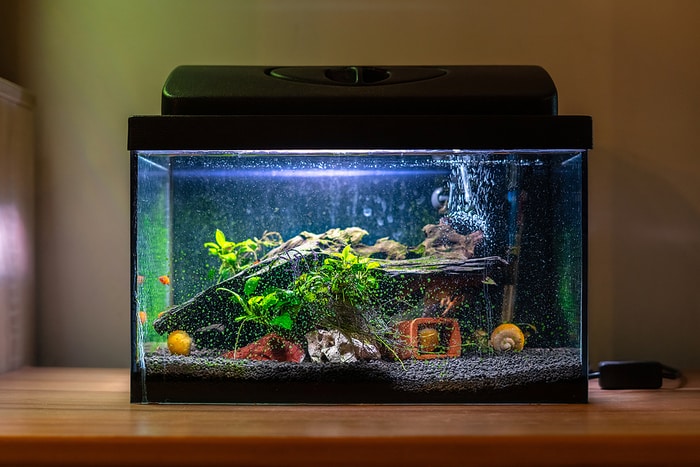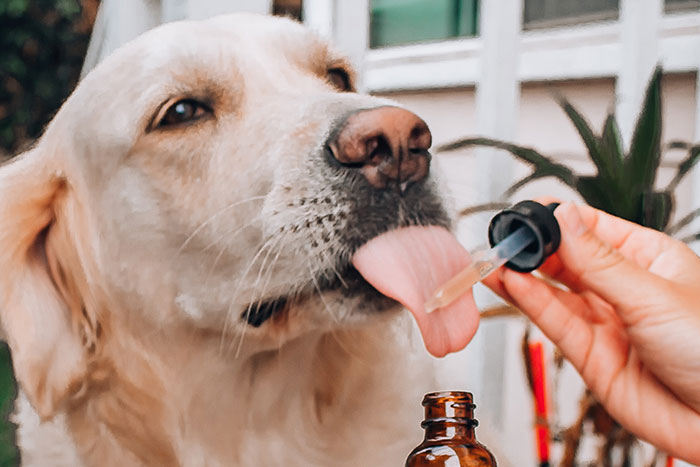
Owning a fish tank or aquarium can be a lot of hard work and is challenging to maintain. If specific problems arise, you may start to lose fish. However, the more you research, the easier it will be for you to fix these issues. In this article, we’ll discuss some of the most common fish tank problems and how you can fix them. Let’s get started!
Cloudy tank water
Cloudy tank water is one of the most common fish tank problems; however, it can be easily resolved. In many cases, it is the case of a bacterial bloom, caused by decaying plants or excess food from overfeeding.
If you find that your water is going foggy, first check your filter to make sure it is still working and connected correctly. You should also make sure you remove any dead animals, and food so that the water can resettle. Investing in a gravel vacuum is wise, as it can remove these things easily.
Lack of air in the tank
If you’ve taken a test and found that there is not enough dissolved oxygen in the tank, don’t panic! There are many solutions to help you fix this issue. Firstly, you have to make sure that your tank is not overcrowded and that it is clean. In some cases, high water temperate can also decrease oxygen levels.
Other signs you might not have enough oxygen in your aquarium include sluggish fish, fish that go to the surface frequently, and fish that have a lack of appetite. You might consider adding an air stone, more live plants, or a waterfall feature to help increase the oxygen levels.
Green tank water
Green tank water is due to algae growth and can occur due to a number of reasons. Firstly, the tank may be getting too much light from your lamp or a nearby window. As a guide, try to only leave your light on for around 8 hours a day.
Phosphates and nitrates can also cause the green water, so make sure you test your water levels frequently and clean out the waste from your tank. If you are looking for more advice, check out Aquanswers to see their recommendations.
Distressed fish
There are many reasons that your fish might seem distressed; however, it’s vital that you fix the problem as soon as possible. High water temperatures might make it difficult for fish to breathe, as well as overcrowding. If you have sick fish, you might want to contact a professional to see what the best course of action is. Or try measuring the tanks levels with a testing kit to see if that is the issue.
Rust-colored tank water
When your tank water becomes brown, yellow, or rust-colored, chances are it is due to some type of organic material. For example, dead fish, uneaten food, or rotting plants. This can be very harmful to your fish, so it’s essential to get on top of the issue as soon as possible.
Another less harmful explanation is that tannins might be present in your water. These come from driftwood, which stains the tank water brown. In some cases, this is actually a good thing for your fish, as it softens the water and lowers the pH levels.
Bad smelling water
In almost all cases, bad-smelling water is the result of an uncleaned fish tank. Organic matter such as decomposing food, fish, and plants, can emit a horrible smell, especially if the tank is too crowded.
To solve the issue, you need to maintain your tank more regularly and frequently clean out the excess waste. Make sure to perform water changes, replace your filter when required, and use a gravel vacuum to suck up excess waste from the bottom.
Fish aren’t eating
There are many reasons why a fish may not be eating; however, the most common is because of overfeeding. If the water becomes dirty, or they are too full, they may stop eating for a few days. You also might find that one fish is eating all of the food, and the others are missing out.
And that’s it! By following the above guide, you’ll be able to keep your tank clean and ensure that your fish are happy and healthy. Just make sure that you have all the necessary equipment, and don’t be afraid to ask for help if you need it. If you have quite a large aquarium, it often takes more than one person to clean it out correctly!


